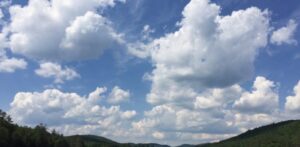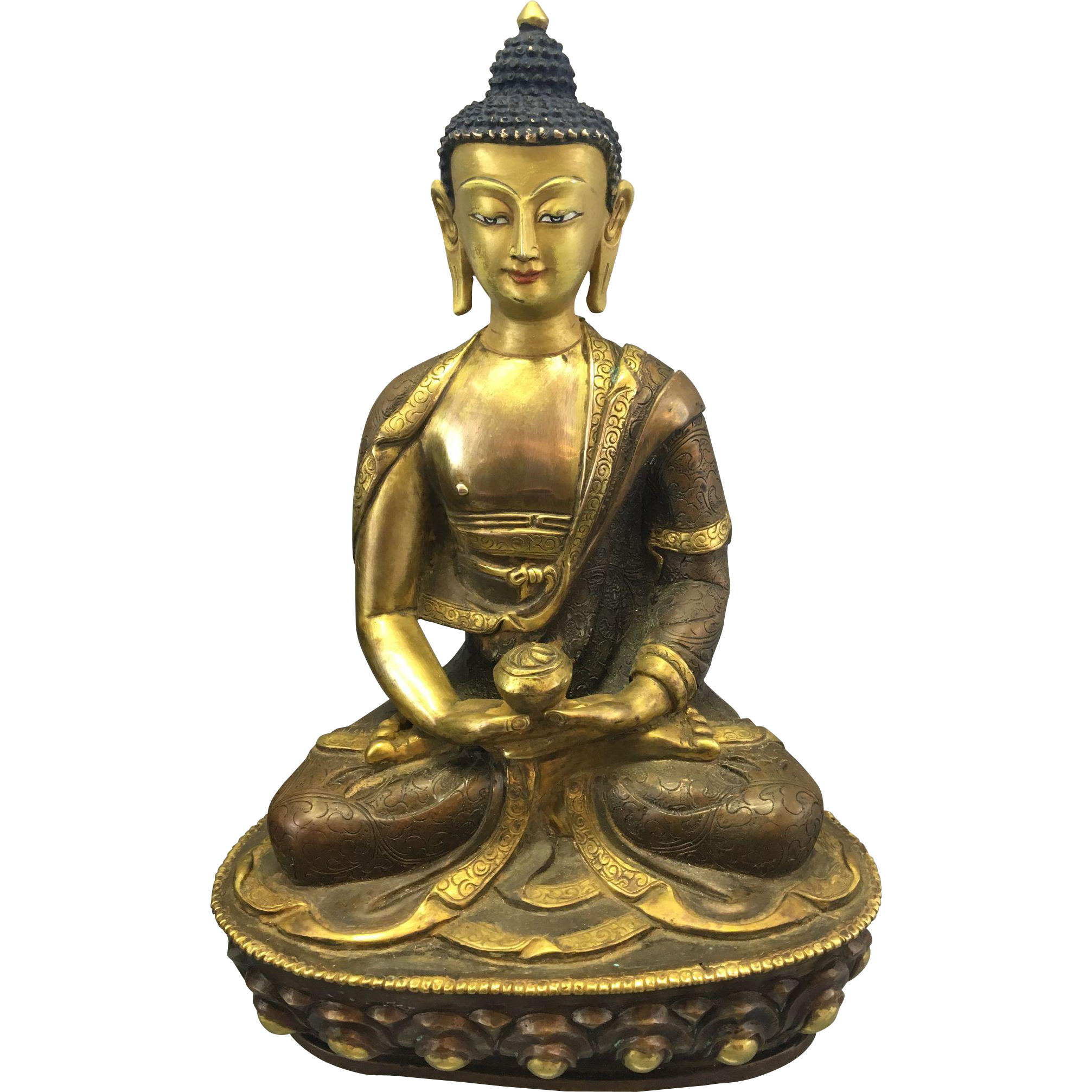Welcome to our fiftieth online suggested practise for the week. We are now broadcasting a live teaching each Monday evening. If you would like to participate please contact us using the contact form on the homepage.
1.0) If you feel so inclined, begin by reciting the usual prayers (please follow below links for text). Alternatively, try to think or articulate a wish for all beings to achieve liberation from suffering, etc .
Four Thoughts: contemplating each in turn – http://northantsbuddhists.com/the-four-thoughts/
Refuge Prayer: twice in Tibetan, once in English – http://northantsbuddhists.com/the-refuge-prayer/

2.0) Resting in Awareness – Presented by Bob Pollak

Resting in Awareness
A monk asked a Zen master: “How can I become aware of my Buddha Mind?”
The master replied: “It is not necessary to become aware OF your Buddha Mind, because your awareness IS your Buddha Mind!”
Our “true nature” is our perceiving consciousness, which is not dependent upon the brain, body or objects. It is what perceives our thoughts, and knows the meaning of our thoughts and is what perceives sounds, colours and all sensations.
This is your consciousness which is knowing and aware right now. It’s not some mystical or special, holy consciousness that appears after years of meditation or purification. It’s what gets absorbed in TV shows and daydreams. It’s what is seeing and understanding these words.
The problem is that it gets absorbed into thought stories, emotional states, physical sensations and sensory perceptions and events; instead of becoming absorbed in its own “knowing and aware nature” devoid of any other distractions.
Notice how in every circumstance, situation or event, how you are always “right here” in the event, knowing the sensations, thoughts, feelings and perceptions during the event.
Practice Advice:
Tsoknyi Rinpoche’s advice on how to recognize the essential nature of mind as rigpa:
“The way to do this is just to turn your attention slightly inward, not to look deeply inside, just to turn your focus from outward to inward in a very light way.”
Lopon Tenzin Namdak:
“The introduction is very simple: we just look back at ourselves.”
Longchenpa wrote:
“The method is directing attention (the light of awareness) upon attention itself or awareness. When any arising is experienced, especially thoughts, moods, emotions, or feelings of personal self-identity, one simply notices one’s present naked awareness.”
“By directing the attention back to awareness, the arising (energetic formation) dissolves back into its origin and reveals its essential nature as being awareness.”
—–0——
